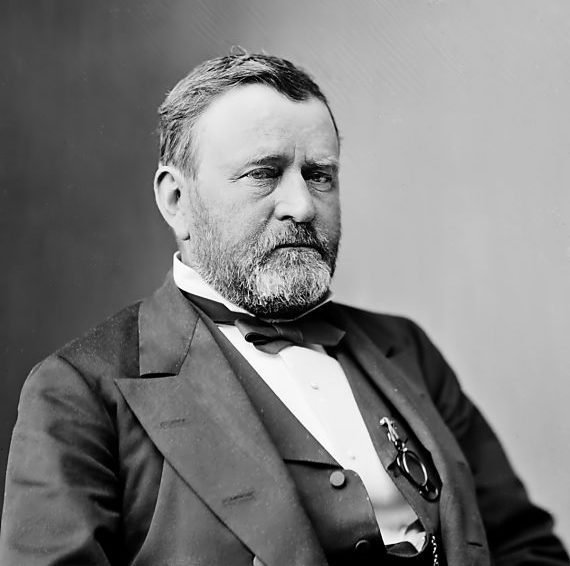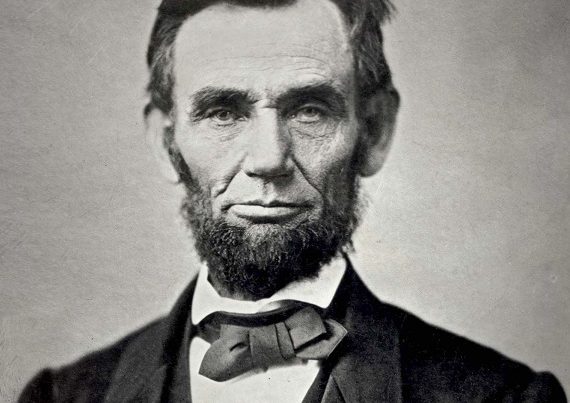
Even among the most Grant-partial
When Grant married Julia Dent in 1848 he wedded into a
At some point during Grant’s time at White Haven he also acquired personal ownership of a slave named William Jones. Later Grant gave up on farming and in the spring of 1859 moved the family into St. Louis where four slaves that had been given to Julia by her father served him. The next year Grant gave up on St. Louis altogether and moved his family to Galena, Illinois where he worked in one of his father’s tannery shops.
The year before the move to Galena in 1860, Grant emancipated William Jones, “for divers[e] good and valuable considerations.” Although “
Beyond the above facts many Grant supporters excuse his connections to slavery with at least three mitigating points.
One. They emphasize that Grant emancipated William Jones whereas he could have sold him for perhaps $700. Grant, they argue, would never sell slaves.
But other evidence suggests that he might. One example is Hamlin Garland’s “Grant’s Life in Missouri” article from Volume 8 (November 1896 – April 1897) of McClure’s Magazine. Garland summarized the recollections of St. Louis newspaper owner George Fishback:
All of Captain Grant’s associations and (apparent) sympathies at that time [1854-1860], says Mr. Fishback, were pro-slavery in character. . . . He said: “I know something of the leather business, and I think I can do better up in Galena with my brothers.” He then asked me if I would buy or hire one of his house servants. She was an excellent woman, he said, and had been in the family some time, but as she was a slave he could not take her North . . . He at last turned them over to John F. Long in security for a small indebtedness, and the slaves finally fell back into the possession of Colonel [Frederick] Dent.
Two. In a recent online forum discussion Grant supporters insisted that the two “hired” blacks mentioned in Grant’s letter to his younger sister were paid by Grant for their work. They mostly relied upon Ron Chernow ’s recent biography as evidence for their conclusion. Without citing a source, Chernow wrote that “Grant hired two black men” to work for him at White Haven.
The forum members (and perhaps Chernow) were apparently unaware that surplus slave labor was commonly “hired out” by slaveholders. When so informed they replied that Grant was too high principled to ever “rent human beings.” Yet it is more likely than not that the two blacks were slaves, which means that Grant paid their owners—although he might have added supplemental payments to the men directly.
First, slave rental agreements typically used language such as “hired out” as Grant did in his letter to his sister. Additionally, the letter states that the two men were hired out for a year, which was a time period typical of field hands who were slaves.
Second, when contemplating a move to one of his dad’s Kentucky businesses late in 1859, Ulysses was prepared to rent one of Julia’s slaves if his dad did not want him to take the boy to Kentucky.
Third, in “Slavery at White Haven” the National Park Service U. S. Grant National Historic Site concludes, “Grant and his family benefitted from the labors of more than William Jones, however, including numerous enslaved people owned by Colonel Dent and others hired from local slaveholders.”
Fourth, according to Eric Swanger’s “Grant and His Single Slave”: “In 1857, Grant took over management of the Dent plantation, and now had all of the slaves under [his] authority. Because most of the slaves were not field hands, two additional slaves had to be rented from their nearby owners.”
Three. Contrary to popular plantation imagery, Grant worked alongside the field hands he supervised. While that was true, it was not exceptional. Most any slaveholder throughout the South that worked only three field hands labored alongside them.
Should statues of Grant be among those destroyed because of their connection to slavery?
Sources: Slavery at White Haven, National Park Service; Ronald C. White, American Ulysses, 128; Ulysses Grant, Letters of Ulysses Grant to His Father and Younger Sister, 7, 11-12; Eric Swanger, General Grant and His Single Slave; Hamlin Garland, “Grant’s Life in Missouri,” McClure’s Magazine, Volume 8, 520; Ron Chernow, Grant, 101






